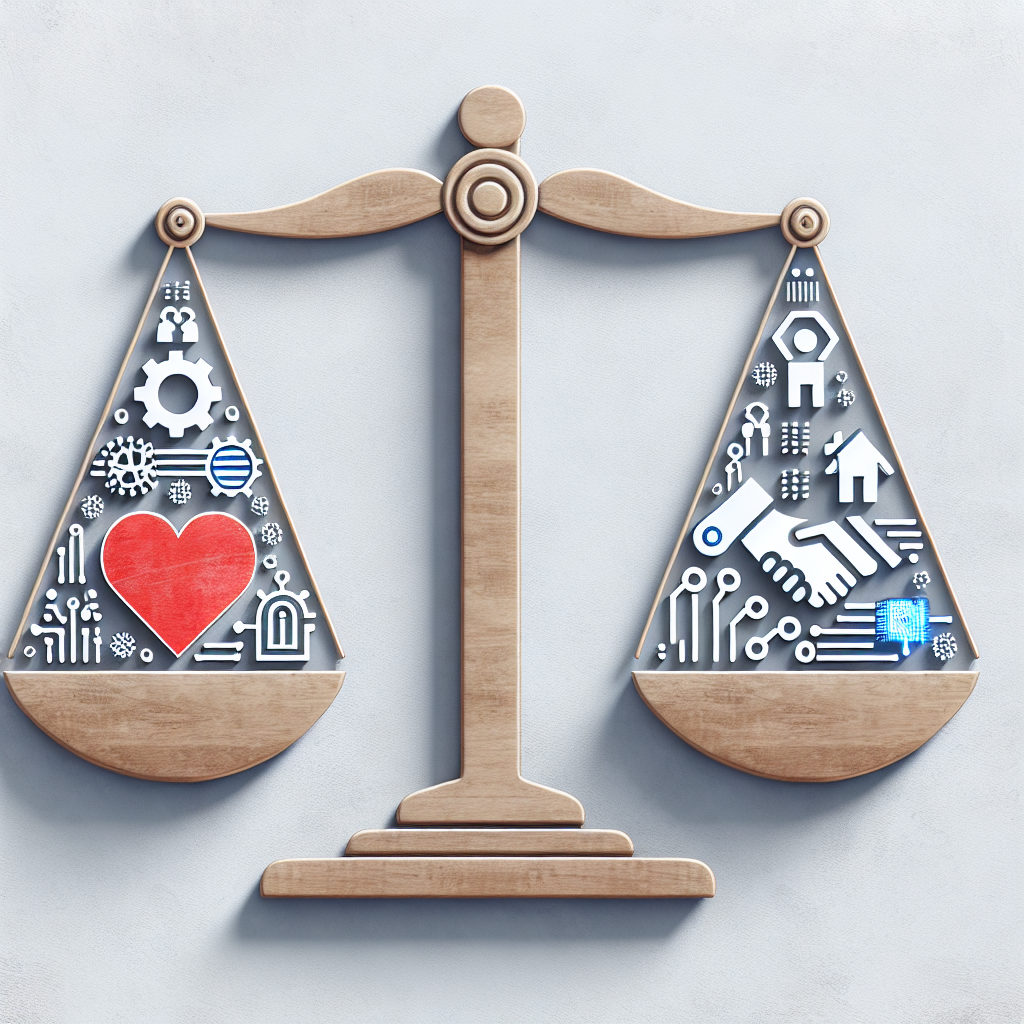Artificial intelligence (AI) has the potential to transform the way social services are delivered, making processes more efficient and effective. However, there are also risks associated with the use of AI in social services that need to be carefully considered. In this article, we will explore some of the potential impacts of AI on service delivery and discuss the risks that come with its implementation.
Impacts on Service Delivery
One of the key benefits of AI in social services is its potential to streamline processes and improve the efficiency of service delivery. AI can be used to automate administrative tasks, such as data entry and processing, allowing social workers to focus on more complex and meaningful aspects of their work. This can help to free up valuable time and resources, allowing social workers to better support vulnerable individuals and communities.
AI can also be used to analyze large amounts of data to identify trends and patterns that may not be immediately apparent to human workers. This can help social services agencies to make more informed decisions and allocate resources more effectively. For example, AI can be used to predict which individuals are at the highest risk of homelessness or domestic violence, allowing agencies to intervene early and provide support before a crisis occurs.
Another potential impact of AI on service delivery is its ability to personalize services for individuals. AI can be used to create personalized care plans based on an individual’s unique needs and circumstances, helping to ensure that they receive the support that is most relevant to them. This can help to improve outcomes for individuals and increase their satisfaction with the services they receive.
Risks of AI in Social Services
While AI has the potential to bring many benefits to social services, there are also risks that need to be carefully considered. One of the key risks is the potential for bias in AI algorithms. AI systems are only as good as the data they are trained on, and if this data is biased or incomplete, it can lead to biased outcomes. For example, if an AI system is trained on data that is skewed towards certain demographic groups, it may inadvertently discriminate against other groups when making decisions.
Another risk of AI in social services is the potential for job displacement. As AI systems become more advanced and capable of performing tasks that were previously done by humans, there is a risk that some social service jobs may be replaced by AI. This can lead to job losses and economic insecurity for social workers, as well as a loss of the human touch that is so important in social services.
There is also a risk that AI in social services could erode trust and transparency. If individuals are unsure how AI systems are making decisions that affect their lives, they may be less likely to trust the services they receive. This can lead to a breakdown in the relationship between service providers and service users, making it more difficult to deliver effective support.
FAQs
Q: How can social services agencies ensure that AI systems are not biased?
A: Social services agencies can take steps to ensure that AI systems are not biased by carefully selecting and monitoring the data used to train the systems. They can also use techniques such as algorithmic auditing to identify and address bias in AI systems.
Q: Will AI replace social workers?
A: While AI has the potential to automate certain tasks currently performed by social workers, it is unlikely to completely replace them. Social workers provide a level of empathy and understanding that cannot be replicated by AI, and their role is likely to evolve rather than disappear.
Q: How can AI be used to improve outcomes for individuals receiving social services?
A: AI can be used to analyze data to identify individuals at risk of negative outcomes, personalize care plans based on individual needs, and streamline administrative processes to free up social workers’ time. This can help to improve outcomes for individuals and increase their satisfaction with the services they receive.
In conclusion, AI has the potential to bring many benefits to social services by improving efficiency, personalizing services, and helping to make more informed decisions. However, there are also risks associated with the use of AI in social services, such as bias, job displacement, and erosion of trust. It is important for social services agencies to carefully consider these risks and take steps to mitigate them in order to ensure that AI is used responsibly and ethically in the delivery of social services.

